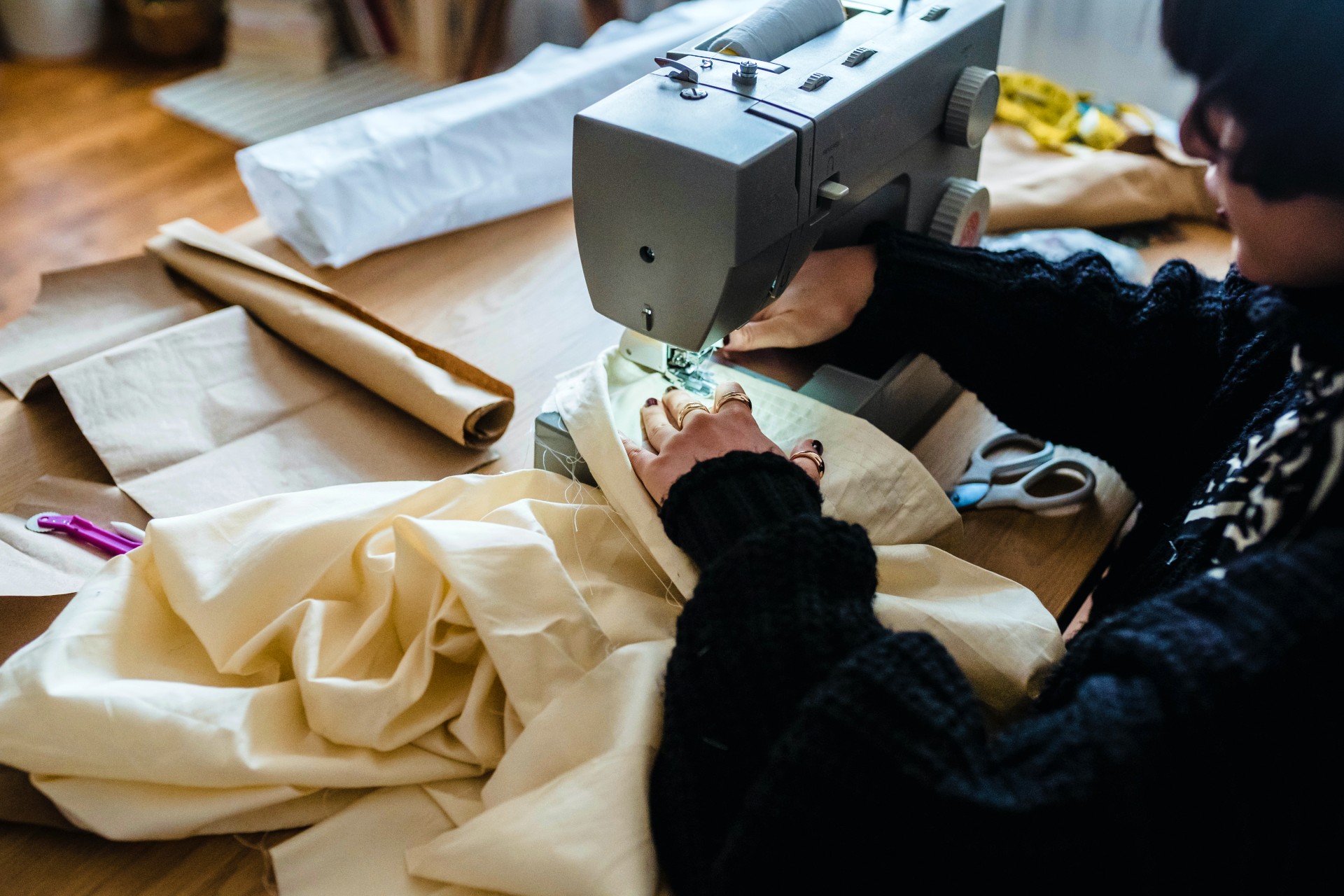The world continues to grapple with its concerns over climate change. As data mounts and issues build up, it’s becoming painfully clear that everyone must work together to stem the tide. One possible solution might be a newer trend known as upcycling.
One of our most pressing concerns is pollution. Many modern manufacturing processes can lead to excessive amounts of waste, no matter the industry you’re talking about. Things such as fast fashion and food waste — which the USDA estimates to be as much as 40% of the food supply — are crises that require a solution sooner rather than later.
Finding a Solution for Pollution
The issue of pollution and waste (on both the production and consumer side of the supply chain) has led to many different initiatives over the years.
Some of these focus on rudimentary things on the front end of consumerism. For instance, there is a clear and concerted effort by many to switch from fossil fuels to more sustainable forms of energy. Recycling is another way to address wastefulness on the back end of the consumer cycle.
But what about the middle of the process? How can companies be sustainable in the very act of manufacturing and processing their goods and services? Can consumers help with sustainability? Can they use their goods and not just when they’re done with them?
That’s where upcycling comes into the picture.
What Is Upcycling?
Upcycling is a simple yet crucial part of the manufacturing process that has been gaining more attention in recent years.
The activity involves giving new life to discarded, old, or unused waste. YouMatter describes upcycling as taking “old” products and modifying, re-adapting, or repurposing them into “new” products. This gives them a second life that, in the words of the publication, has “more value than the original value of the sum of all its components.”
Habitat for Humanity points out that this isn’t the same as recycling. This reduces used items to their base materials and turns them into entirely new creations in the process.
Instead, upcycling looks for ways to be as efficient as possible during the process of creating and using a product. In other words, it attempts to stem the production of collateral waste before it appears in the first place.
What Does Upcycling Look Like in Practice?
There are many ways upcycling can manifest. It’s important to realize that upcycling is an activity that can take place across the supply chain. Both manufacturers and consumers can participate.
Upcycling for Manufacturers and Producers
One good example on the manufacturing end of the deal is Puris. This food manufacturer specializes in creating sustainable, plant-based forms of protein, particularly through its non-GMO and organic Native Pea Starches.
The company has spent decades building an end-to-end food system that takes every aspect of the food production chain into consideration. And yes, part of that consideration includes upcycling.
In fact, the brand has even earned an Upcycled Certified (TM) certification for its ability to use all parts of the pea in its products. Nothing goes to waste.
This effort aligns with Puris’s sustainable focus. It’s made it a leader in the food industry when it comes to reducing waste and greenhouse gas emissions.
Upcycling for Consumers
Consumers also need to do their part in avoiding the creation of unnecessary waste.
A great example of this is provided by Pebble magazine, which offers some helpful insight into how consumers can upcycle in the fashion industry. Among other things, it suggests these three.
- Resizing old clothes by adjusting the length, cutting them down, or adding fabric.
- Studying the way we make clothes to equip ourselves with the ability to alter them without fully replacing them.
- Approaching clothes as a “canvas” that consists of pieces of alterable fabric.
Suggestions like these empower consumers to avoid the all-too-common activity of getting rid of unwanted clothes. Even when donated, this feeds the cycle of waste, as the charitable items will inevitably be replaced.
Instead, consumers can look for creative, simple ways to keep clothing until it’s truly worn out.
Helping Create True, Comprehensive Sustainability
Production efficiency is wonderful. Recycling is powerful. But often these activities both bookend and overlook a critical middle step in the process of cultivating sustainability.
Particularly in industries such as food and fashion, it’s far too easy to create waste in an effort to be affordable or stay up to date on the latest trend. Upcycling is a movement that is rewriting that narrative.
Upcycling bridges the gap between production efficiency and consumer recycling. It sets up a sustainable standard that applies to every stage of the supply chain.
The desire to utilize everything and avoid unnecessary waste has the potential to dramatically reduce the impact that humans have on the planet. It can slow down the creation of waste and ensure that we are using minimal quantities of resources as we collectively work to create a brighter future for us all.













